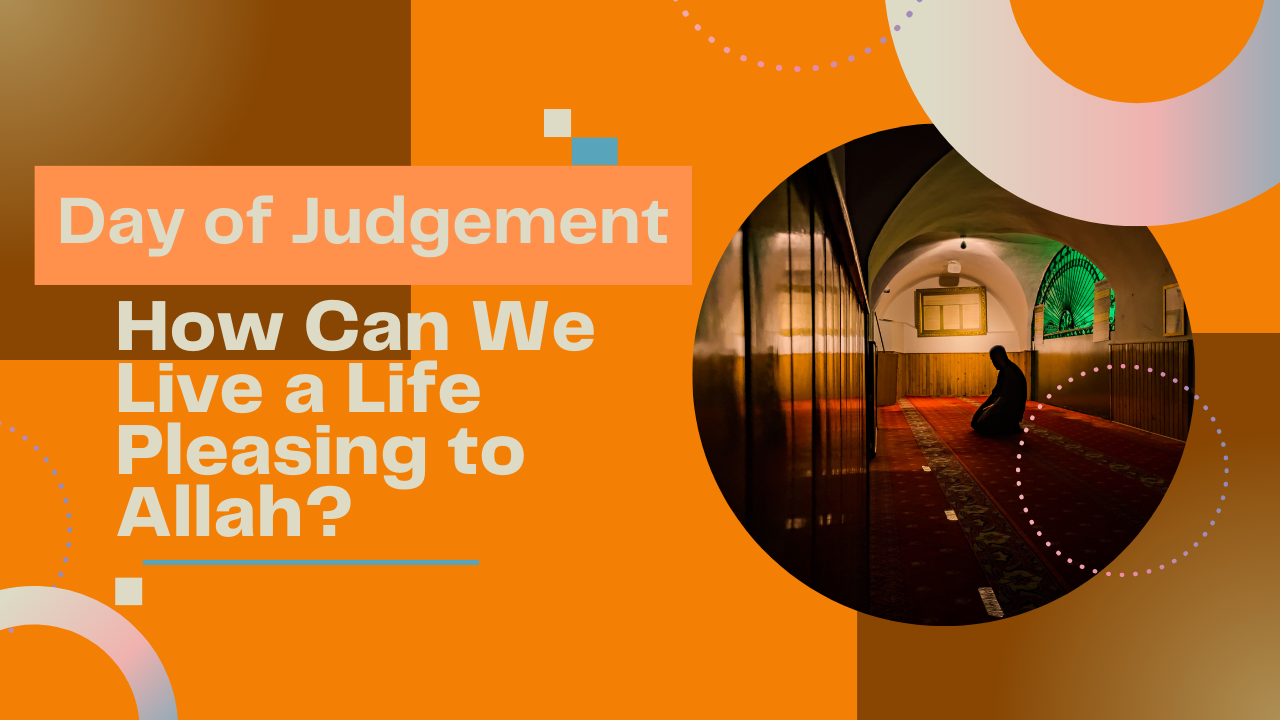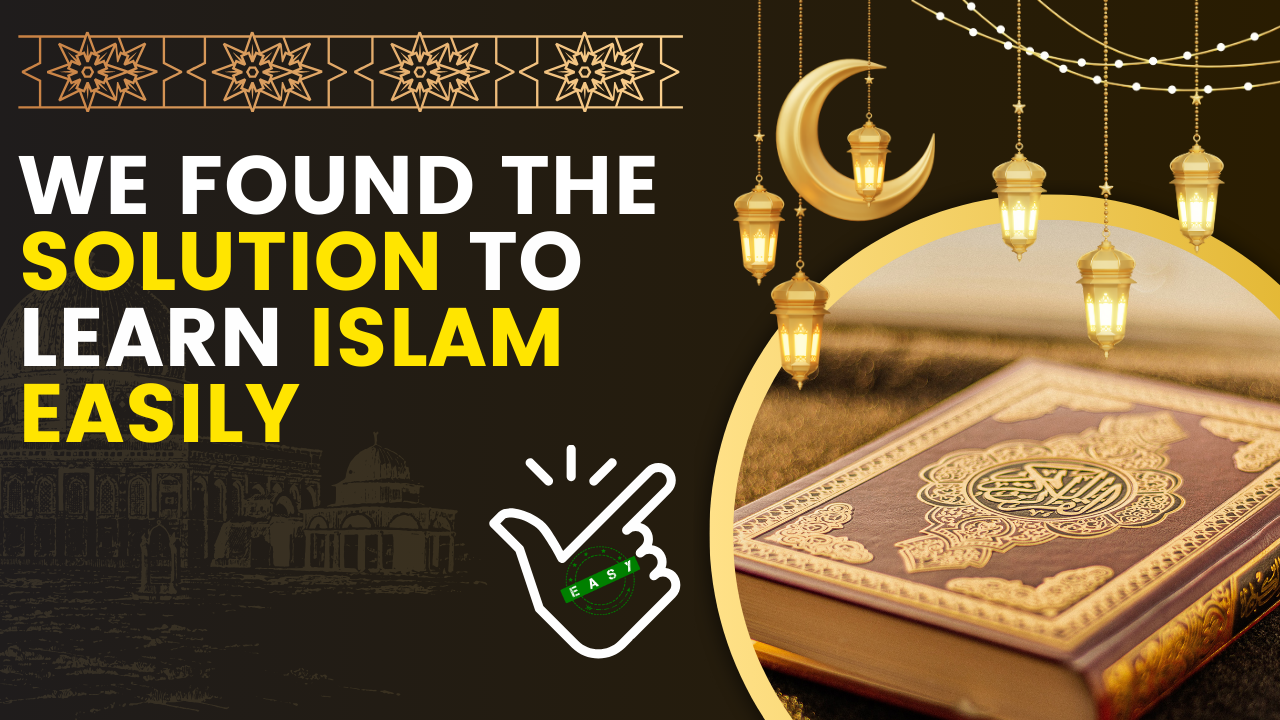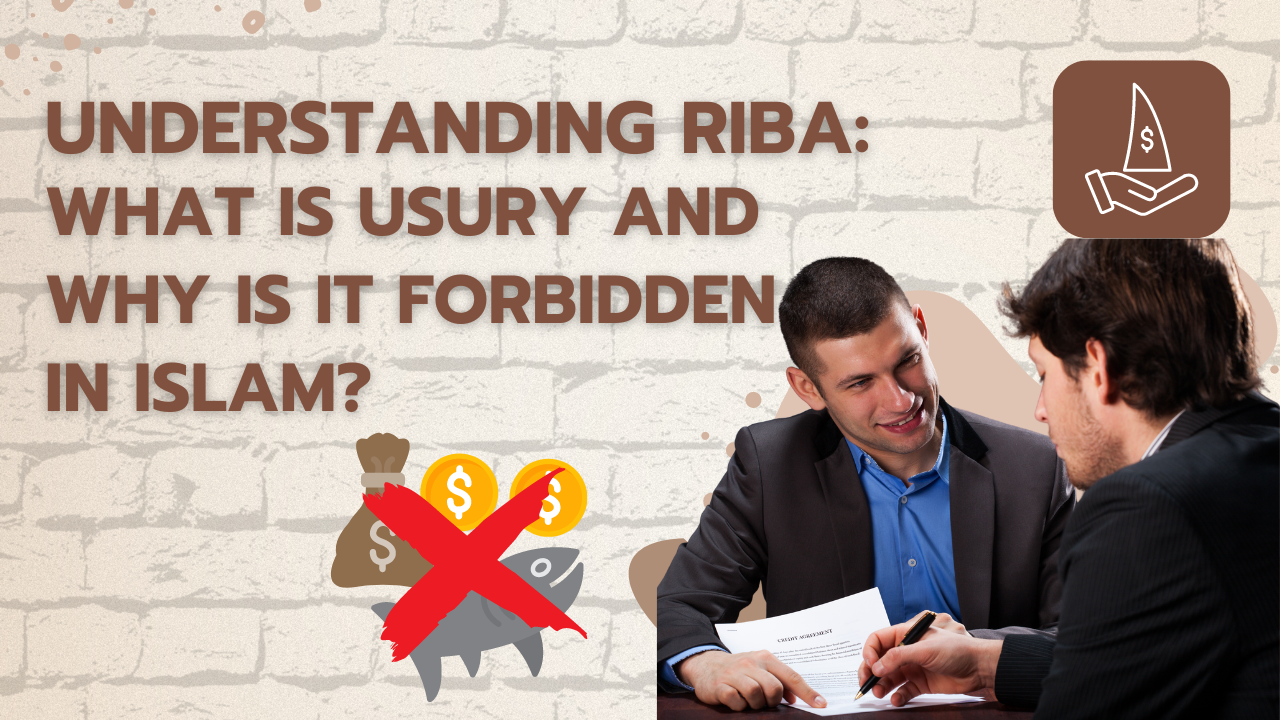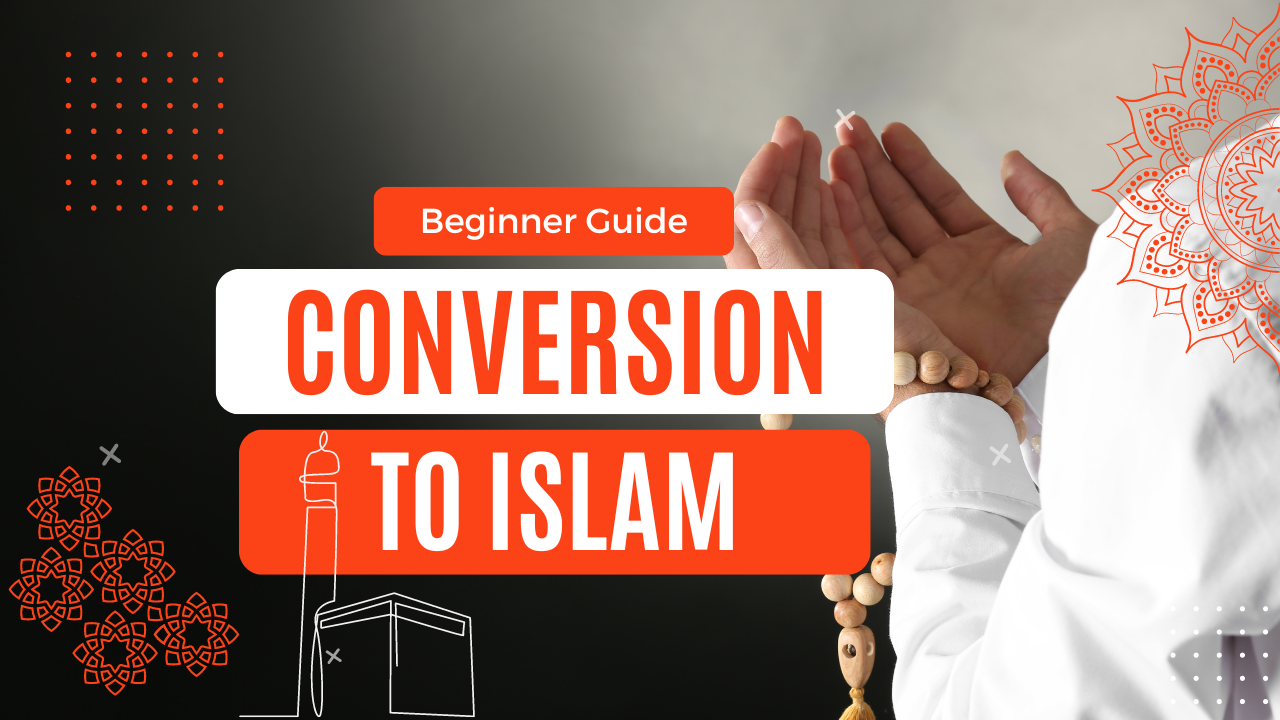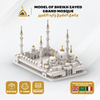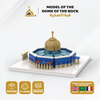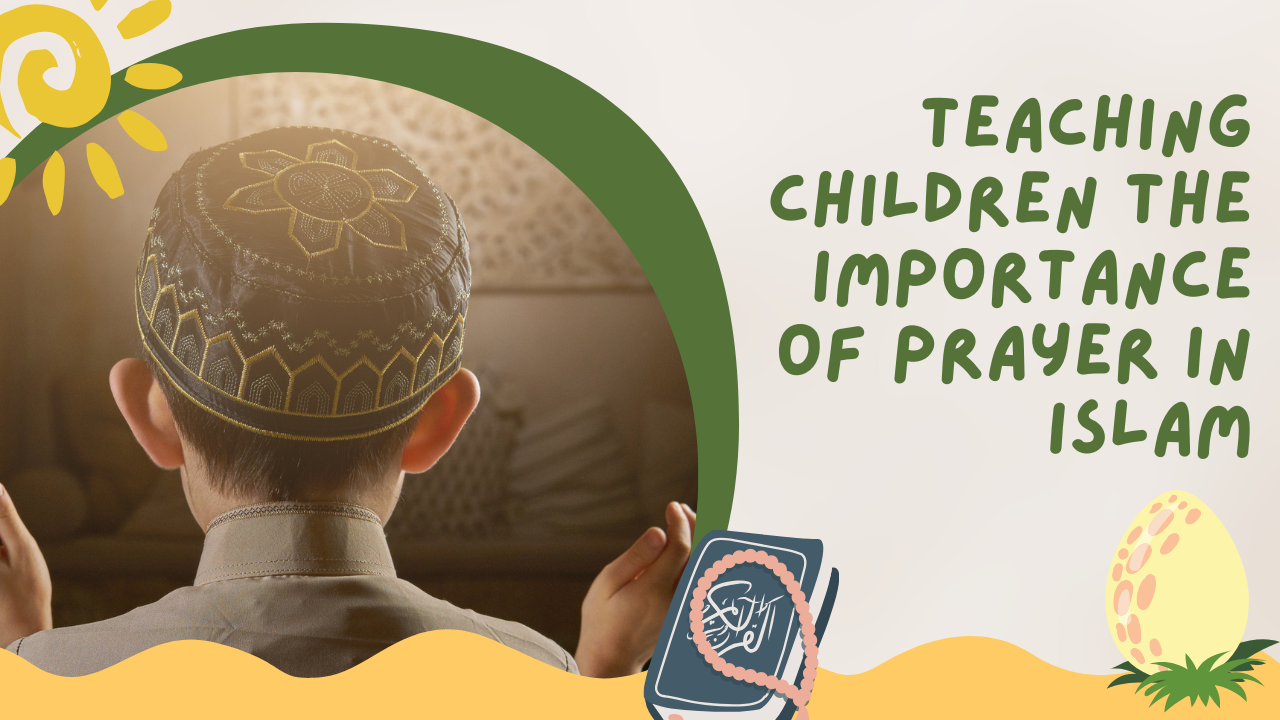The Prophet's Mosque, or Masjid An-Nabawi in Arabic, is the 2nd largest mosque in the world. Just after the Masjid Al Haram, the Great Mosque of Mecca.
Introduction
A holy place whose merits the Prophet (peace and salvation be upon him) himself praised to us. My dear brother, my dear sister. Through these few lines, we will try to make you travel in this incredible historical place.
The Prophet's Mosque (Masjid An-Nabawi): a bit of history
In our previous article, we have discussed about 10 Things you Didn't Know About the Kaaba (Makka), in today's article, we will discuss about the Masjid An-Nabawi.
This mosque is the 2nd mosque to have been built in the holy city of Medina, by our beloved Prophet (peace and salvation be upon him). It was built at the time right next to the house of the Prophet (peace and salvation be upon him). Since then, it has undergone considerable enlargements and modifications.
The original size of the Prophet's Mosque was 1050 m2. Today, with the projects of the King of Saudi Arabia. The mosque will soon reach 614,800 m2, not counting the exterior parts. The project is to be able to accommodate more than 1.8 million worshipers (compared to 700,000 today). To give you a more precise idea. The Nabawi Mosque is now the size of the entire city of Medina at the time of the Prophet!
Incredible monuments
The Nabawi mosque contains the tomb of the Prophet (peace and salvation be upon him). As well as the tomb of his two companions, Abu Bakr and ‘Umar (May Allah be pleased with them). An impressive green dome has been built over this room, making it stand out from the others.
The Prophet's Mosque has 10 minarets 103 meters high, which tower over the 27 cupolas and 250 automated umbrellas.
This unique place also contains the Prophet's pulpit (where he gave his sermons), 2 mihrab and a very large library. The architecture is grand, the ornaments all more magnificent than the next, not to mention the advanced technology that runs the entire structure.
Regarding “Ar Rawda”
It is possible to pray some supererogatory prayers in the place called “Ar rawda”. Indeed, this by seeking his merit and hoping for the reward of Allah.
According to Abu Huraira, the Prophet (peace be upon him) said: "The space between my house and my minbar is a garden (rawda) among the gardens of paradise and my minbar is above my pond". Reported by Bukhari (Sahih #6588)
However, when it comes to obligatory prayers, the best place is in the front row, as is known from the Sunnah.
The different doors of the Prophet's Mosque
The great mosque of the Prophet (peace and salvation be upon him) has no less than 41 doors.
To which other doors have since been added, bringing this number to 85! However, the first 3 doors to have been built are undoubtedly the best known of the Nabawi mosque:
- Bab as salam, or the door of salvation, because it is through it that one enters to access the place where the Prophet is buried, in order to greet him;
- The second gate: Bab Abu Bakr As Siddiq, or the gate of Abu Bakr, so called because it overlooked the house of Abu Bakr;
- Bab Ar Rahma, or the Gate of Mercy.
Masjid An Nabawi: a very special reward
Whoever has the opportunity to visit the Masjid An Nabawi must take the opportunity to multiply the invocations, the formulas of reminder as well as the supererogatory prayers in order to obtain the immense reward which the Prophet (Peace and salvation be upon him) tells us in this hadith:
The Messenger of Allah (peace be upon him) said: “One prayer performed in my mosque is better than a thousand prayers performed in any other mosque except the Sacred Mosque; and one prayer performed in the Sacred Mosque is better than a hundred prayers performed in my mosque. "Sahih Al Jami'


